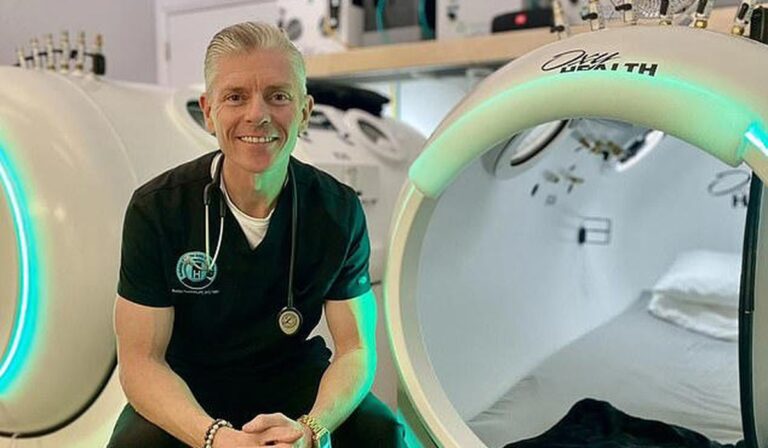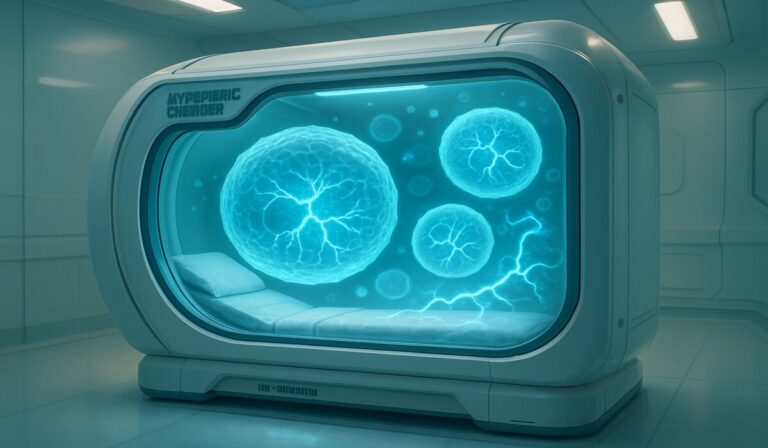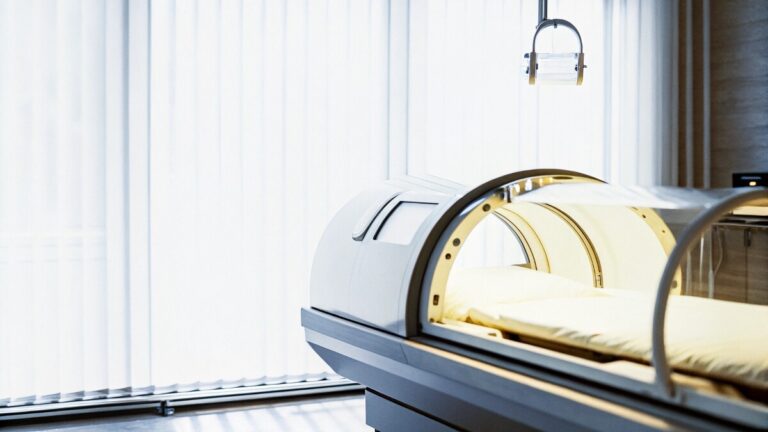- A family of nine experienced dizziness, headaches, nausea, and vomiting during Rosh Hashanah.
- Doctors at Hadassah University Medical Center diagnosed carbon monoxide poisoning after blood tests.
- The poisoning came from a home generator that released the toxic gas indoors.
- Patients received hyperbaric oxygen therapy, which filters carbon monoxide from the blood.
- All family members recovered fully and returned home without lasting effects.
A family of nine sought care at Hadassah University Medical Center in Jerusalem after unusual symptoms struck during the Rosh Hashanah holiday.
The group, consisting of two parents and seven children, reported dizziness, headaches, nausea, and vomiting.
Medical staff quickly identified high levels of carbon monoxide (CO) in their blood, confirming poisoning as the cause.
Treatment in a hyperbaric chamber proved effective, and all patients were discharged home on Thursday with no reported long-term damage. This incident highlights the dangers of the colorless, odorless gas in enclosed spaces, according to hospital experts. Fire and rescue teams traced the exposure to a generator near the home.
Initial Symptoms and Diagnosis
The family arrived at the pediatric emergency department on the Mount Scopus campus of Hadassah University Medical Center. Dr. David Rechtman, head of the department, noted the unusual presentation.
“The parents arrived with their children, reporting unusual symptoms with an unknown cause,” recalled Dr. Rechtman, as reported by The Jerusalem Post.
Dr. Talia Dor-Wolman, a senior neurologist and head of the Pediatric Neurological Diseases Service, examined the group. She suspected poisoning based on the symptoms. Blood tests then revealed elevated carbon monoxide levels, leading to the official diagnosis.
Carbon monoxide binds to hemoglobin in the blood, preventing oxygen transport and causing tissue damage if untreated.
Source of the Poisoning
An investigation by fire and rescue teams pinpointed the source. A generator attached to the home had been releasing carbon monoxide into the indoor air. This setup created a buildup of the gas in an enclosed space with low oxygen levels. Such generators, often used for power during holidays or outages, require proper ventilation to avoid this risk.
Dr. Rechtman explained the gas’s dangers:
“Carbon monoxide is a very toxic gas, which can become dangerously concentrated in enclosed spaces with low oxygen levels. In extreme cases, exposure to carbon monoxide can harm the central nervous system, causing death or irreversible developmental damage. Since the gas is colorless and odorless, its presence in the home is often not detected until physical symptoms appear.”
All family members remained conscious throughout the ordeal, which aided their prompt treatment.
Hyperbaric Chamber Treatment
The patients received initial care in the Mount Scopus emergency room before transfer by ambulance to the Ein Kerem campus. There, they entered the hyperbaric medicine unit, where hyperbaric oxygen therapy (HBOT) was administered. This method involves breathing pure oxygen in a pressurized chamber, which exceeds normal atmospheric pressure.
Dr. Eyal Avraham, a vascular surgeon and head of the unit, described the process:
“Hyperbaric oxygen therapy is one of the main treatments for carbon monoxide (CO) poisoning. In a hyperbaric chamber, the patient inhales pure oxygen at higher than atmospheric pressure. This process rapidly filters CO from the blood, oxygen is efficiently delivered to tissues affected by the oxygen shortage, and the risk of neurological damage, one of the dangers of carbon monoxide inhalation, is reduced.”
HBOT works by displacing carbon monoxide from hemoglobin and reducing inflammation in affected tissues. The therapy typically lasts 90 to 120 minutes per session, depending on severity, and is compatible with standard medical monitoring equipment. No compatibility issues arose in this case, as the chamber supports pediatric and adult patients alike.
Full Recovery and Discharge
Following the hyperbaric sessions, the entire family showed significant improvement. Doctors monitored them for neurological effects, but none developed. All nine were released home on Thursday, September 26, 2025, with instructions to avoid similar exposures.
The hospital emphasized installing carbon monoxide detectors in homes, especially near fuel-burning devices like generators. This event underscores the importance of early detection and specialized care in preventing permanent harm from such poisonings.
(Source: The Jerusalem Post, reporting by Itay Gal, updated September 27, 2025)






